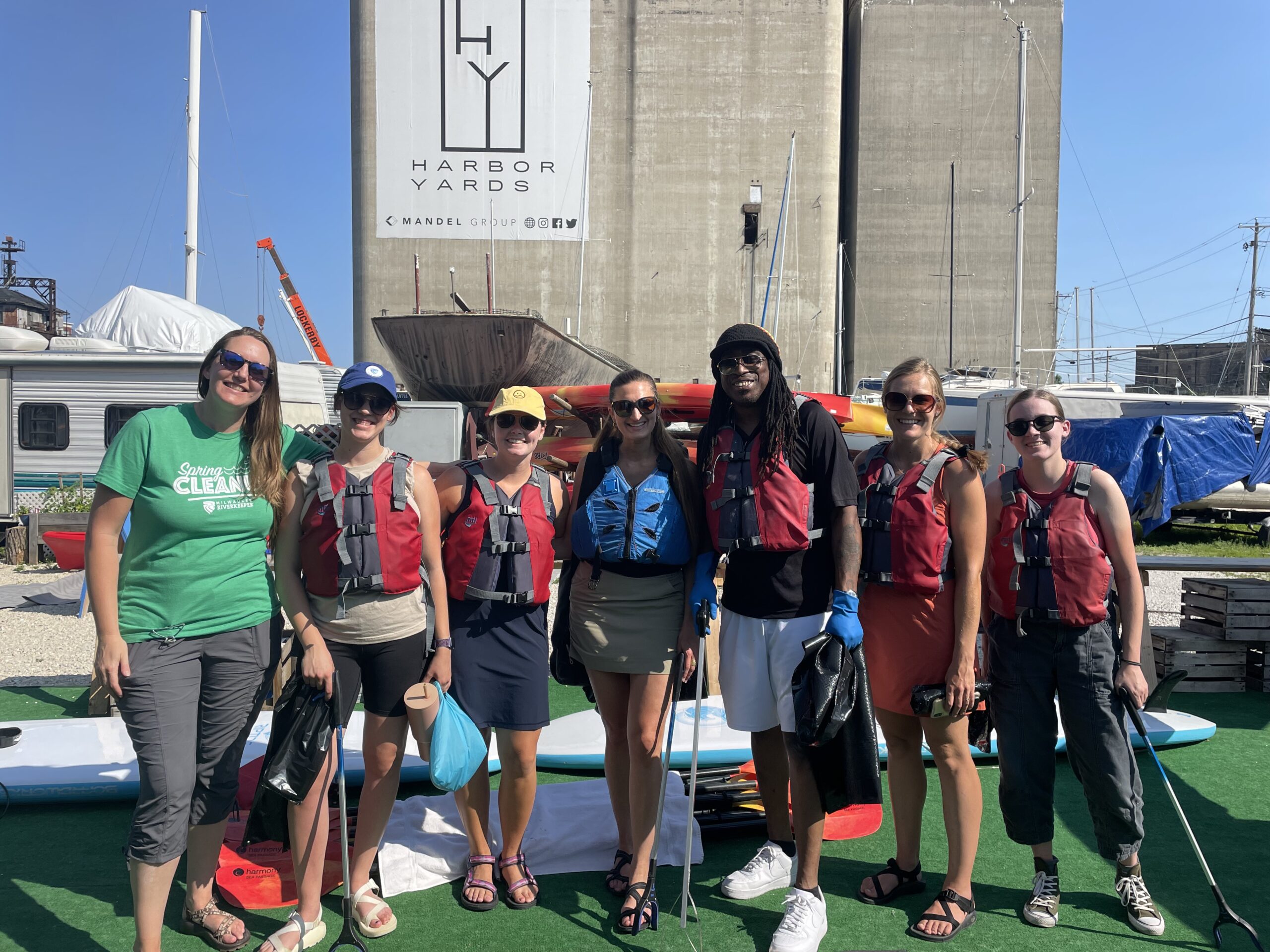The Great Lakes provide drinking water for 40 million people, sustain the regional economy and support a unique culture and way of life. Numerous persistent and emerging threats put the Great Lakes, and billions of dollars of Federal investment, at risk:
Harmful Algal Blooms: Spring rainfall flushes nutrient pollution from agricultural fields, animal facilities, and waste-water treatment plants into the Great Lakes, fueling the growth of blue-green algae known as cyanobacteria. Algal blooms become harmful algal blooms when excess nutrients in the water cause cyanobacteria to grow rapidly, which can deplete aquatic oxygen levels through a process called eutrophication, or when cyanobacteria produces a neurotoxin called microcystin that is harmful to humans and wildlife. GLBN advocates for monitoring metrics and accountability measures to hold sectors that contribute to harmful algal blooms accountable. Check out:
The Impacts of Lake Erie’s Harmful Algal Blooms on Great Lakes Businesses for more.
Invasive Species: Invasive species disrupt Great Lakes ecosystems and threaten native fish and wildlife. GLBN supports measures to prevent the spread of invasive species, including the Brandon Road Lock and Dam project which will help prevent invasive carp from entering the Great Lakes.
Microplastics: Microplastics, or plastic particles less than 5 mm in size, are an abundant Great Lakes pollutant that enters the waters through urban runoff, wind, and rain. Microplastics can be manufactured or formed from the degradation of larger plastics, and pose serious risk to wildlife, drinking water, and human health. GLBN advocates for measures to reduce reliance on single use plastics, encourages businesses to adopt best practices to reduce plastic consumption, and supports policies that address plastic pollution systematically in the Great Lakes region.
By elevating the business case for Great Lakes protection, GLBN members call decision makers to act on threats like harmful algal blooms, invasive species, climate change, PFAS, microplastics and other toxins that threaten water quality in the Great Lakes. Developing reports, building collaborative policy agendas, publishing media, and meeting with state, regional, and Federal decisionmakers, are a few of the ways that GLBN members strive to raise awareness of these threats to our freshwater resources and the businesses that rely on a clean and healthy Great Lakes.
